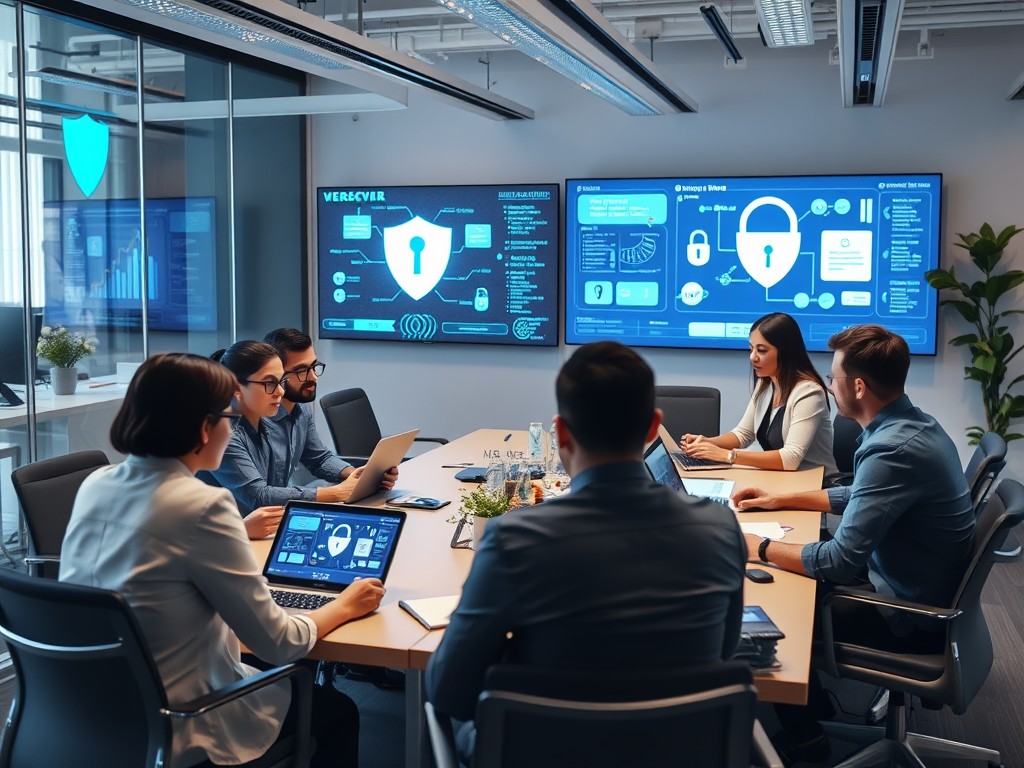SECURING YOUR DIGITAL ASSETS: BEST PRACTICES
Cybersecurity is critical in today’s digital landscape. Discover best practices to safeguard your digital assets and mitigate risks.

In an increasingly digital world, protecting your digital assets has never been more crucial. From sensitive data to intellectual property, ensuring robust security measures can help businesses and individuals avoid costly breaches and data loss. Here, we explore best practices to secure your digital assets effectively.
1. Implement Strong Passwords and Authentication
Passwords remain the first line of defense against unauthorized access. Using strong, unique passwords and enabling multi-factor authentication (MFA) adds an additional layer of security.
Best Practices:
- Use a mix of uppercase, lowercase, numbers, and special characters.
- Avoid reusing passwords across accounts.
- Implement MFA for critical systems and accounts.
2. Keep Software and Systems Updated
Outdated software is a common entry point for cyberattacks. Regular updates ensure that vulnerabilities are patched and systems are secure.
Steps to Follow:
- Enable automatic updates for operating systems and software.
- Regularly update plugins, frameworks, and APIs used in applications.
- Maintain a schedule for reviewing system patches and updates.
3. Use Encryption for Data Protection
Encryption ensures that sensitive information is protected, even if it falls into the wrong hands. Both in-transit and at-rest data should be encrypted.
Key Practices:
- Use SSL/TLS certificates for websites and communication channels.
- Encrypt sensitive files stored on devices and in the cloud.
- Implement end-to-end encryption for messaging and emails.
4. Regularly Back Up Your Data
Data backups are essential for recovery in case of cyberattacks, hardware failures, or accidental deletions. Backups ensure business continuity and protect against data loss.
Recommended Practices:
- Maintain multiple backup copies, including offsite or cloud-based backups.
- Regularly test backup restoration processes to ensure reliability.
- Use automated tools to schedule regular backups.
5. Educate and Train Employees
Human error is one of the leading causes of security breaches. Training employees to recognize phishing attempts, social engineering, and other cyber threats is vital.
Topics to Cover in Training:
- Recognizing phishing emails and suspicious links.
- Secure use of devices and accounts in remote work setups.
- Importance of reporting security incidents promptly.
6. Implement Network Security Measures
Securing your network prevents unauthorized access to your systems and data. Tools like firewalls, VPNs, and intrusion detection systems play a critical role in safeguarding networks.
Key Measures:
- Install firewalls to monitor and filter incoming and outgoing traffic.
- Use VPNs for secure remote access.
- Enable network segmentation to minimize the spread of potential breaches.
Examples of Digital Asset Security
- Using biometric authentication for sensitive accounts.
- Encrypting financial data stored in cloud databases.
- Deploying anti-malware solutions to prevent ransomware attacks.
- Training employees to identify and report phishing attempts.
- Implementing disaster recovery plans for business continuity.
Industries Most Vulnerable to Cyber Threats
- Healthcare: Patient data breaches and ransomware attacks.
- Finance: Fraudulent transactions and data theft.
- Retail: Point-of-sale malware and phishing scams.
- Government: Espionage and infrastructure sabotage.
- Technology: Intellectual property theft and insider threats.
Technology Insights
Technologies such as firewalls, encryption tools, endpoint protection platforms, and security information and event management (SIEM) systems form the backbone of digital asset security. Combining these with regular audits and training ensures comprehensive protection.
